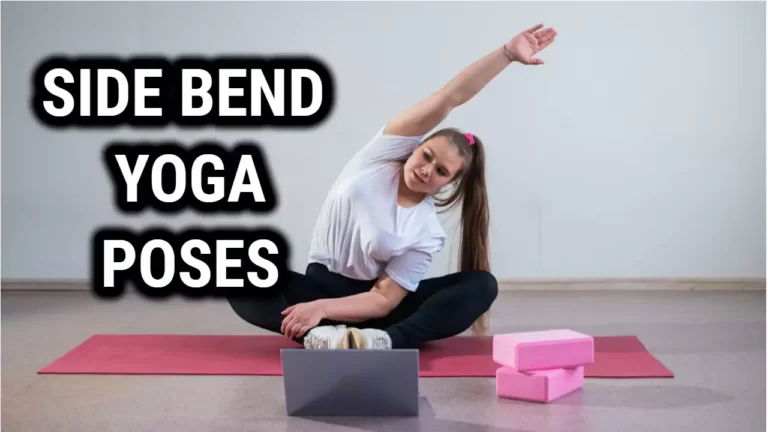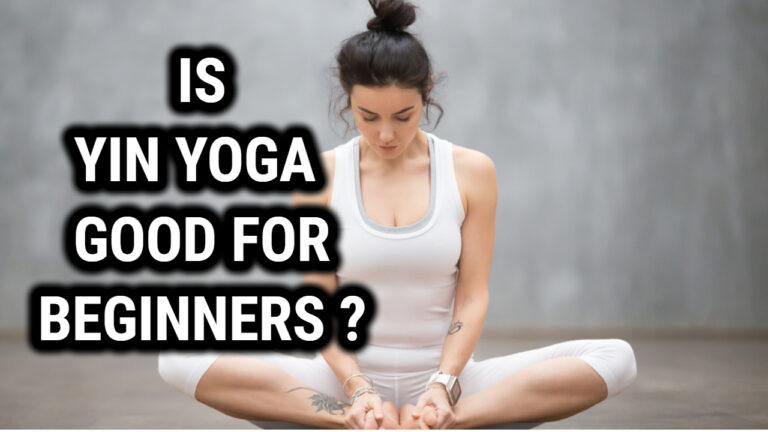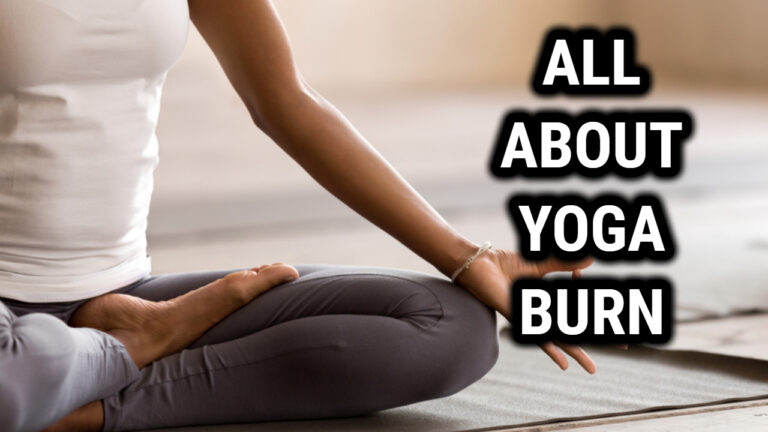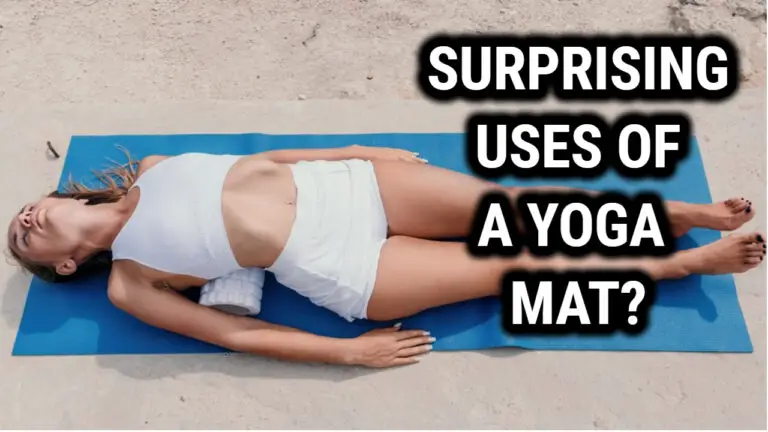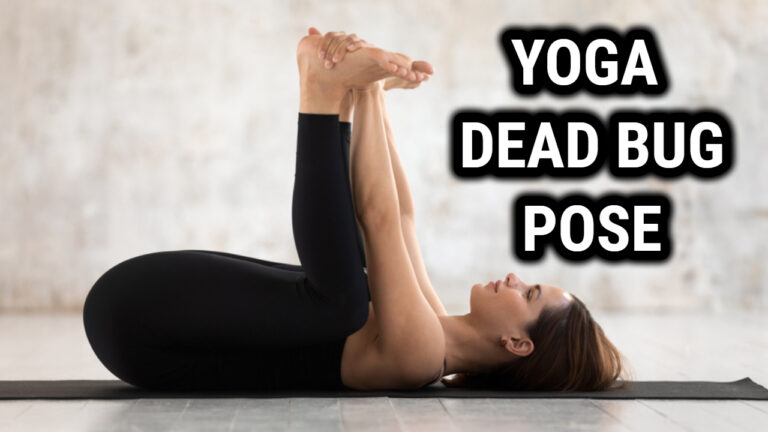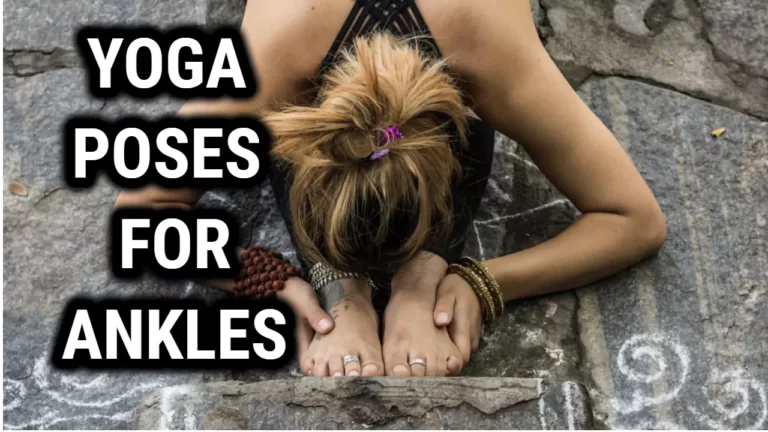How Many Poses Are In A Sun Salutation?

Are you curious about how many poses are in a Sun Salutation? Sun Salutations, also known as Surya Namaskar, are a series of yoga poses traditionally performed in the morning to greet the sun and energize the body.
While there are different variations of Sun Salutations, they typically consist of a set sequence of poses that flow together smoothly.
So, how many poses are in a Sun Salutation? The answer depends on the specific sequence being practiced. The most commonly practiced Sun Salutation, known as Sun Salutation A, consists of 12 poses that are repeated in a continuous flow.
However, some variations of Sun Salutations may include additional poses or modifications to the traditional sequence.
Whether you are new to yoga or a seasoned practitioner, understanding the number of poses in a Sun Salutation can help you better prepare for your practice and deepen your understanding of this ancient tradition.
In the following sections, we will explore the different poses that make up Sun Salutation A and some variations that you may encounter in your yoga practice.
What is a Sun Salutation?

A Sun Salutation, or Surya Namaskar in Sanskrit, is a sequence of yoga poses that are linked together in a fluid motion. It is traditionally performed at the beginning of a yoga practice as a way to warm up the body and connect with the breath. Sun Salutations are a fundamental part of many yoga styles, including Vinyasa, Ashtanga, and Hatha yoga.
The exact number of poses in a Sun Salutation can vary depending on the style and sequence being practiced. However, most Sun Salutations consist of a series of 12 poses that flow together in a continuous cycle.
The poses are designed to stretch and strengthen the entire body, while also calming the mind and promoting a sense of inner peace.
Each pose in a Sun Salutation is linked to the breath, with the inhale and exhale guiding the movement between poses. This breath-body connection is a key aspect of yoga and helps to cultivate a sense of mindfulness and presence in the practice.
Traditional Sun Salutation Sequence
The traditional sun salutation sequence, also known as Surya Namaskar, is a series of 12 yoga poses that are performed in a specific order. This sequence is often used as a warm-up or as a full-body workout in itself.
Here is a breakdown of the 12 poses in the traditional sun salutation sequence:
- Prayer Pose (Pranamasana): Begin standing at the front of your mat with your feet together and your hands pressed together in front of your heart.
- Upward Salute (Urdhva Hastasana): Inhale and lift your arms up overhead, reaching towards the sky. Keep your palms facing each other and your shoulders relaxed.
- Standing Forward Bend (Uttanasana): Exhale and fold forward, bringing your hands to the floor on either side of your feet. If you can’t reach the floor, you can place your hands on your shins or use blocks for support.
- Lunge (Anjaneyasana): Inhale and step your right foot back into a lunge, keeping your left knee directly above your ankle. Place your hands on the floor on either side of your left foot.
- Plank Pose (Phalakasana): Exhale and step your left foot back to meet your right, coming into a high push-up position. Keep your core engaged and your shoulders directly above your wrists.
- Four-Limbed Staff Pose (Chaturanga Dandasana): Lower your body down towards the floor, keeping your elbows close to your sides. Your body should be parallel to the floor.
- Upward-Facing Dog Pose (Urdhva Mukha Svanasana): Inhale and lift your chest up, straightening your arms and pushing your shoulders down and back. Keep your feet and legs active, pressing the tops of your feet into the floor.
- Downward-Facing Dog Pose (Adho Mukha Svanasana): Exhale and lift your hips up and back, coming into an inverted “V” shape. Keep your hands shoulder-width apart and your feet hip-width apart. Press your heels towards the floor.
- Lunge (Anjaneyasana): Inhale and step your right foot forward into a lunge, keeping your left knee on the floor. Place your hands on either side of your right foot.
- Standing Forward Bend (Uttanasana): Exhale and step your left foot forward to meet your right, folding forward over your legs.
- Upward Salute (Urdhva Hastasana): Inhale and lift your arms up overhead, reaching towards the sky. Keep your palms facing each other and your shoulders relaxed.
- Prayer Pose (Pranamasana): Exhale and bring your hands back to your heart center, returning to your starting position.
The traditional sun salutation sequence is a great way to warm up your body and prepare for a yoga practice. It can also be used as a full-body workout on its own. Remember to move with your breath and take breaks as needed. With practice, you can flow through the sequence with ease and grace.
Variations of Sun Salutations
Sun Salutations are a series of yoga postures that flow smoothly from one into another. There are different variations of Sun Salutations, and each variation consists of a different number of poses. The most common variations of Sun Salutations are:
| Variation | Number of Poses |
|---|---|
| Sun Salutation A | 12 |
| Sun Salutation B | 17 |
| Sun Salutation C | 16 |
Sun Salutation A is the most commonly practiced variation of Sun Salutations. It consists of 12 poses and is usually performed at the beginning of a yoga practice. Sun Salutation B is a more advanced variation that consists of 17 poses and is usually practiced after Sun Salutation A. Sun Salutation C is another variation that consists of 16 poses and is practiced in some yoga lineages.
There are also different modifications and variations of the traditional Sun Salutations that are designed to target specific areas of the body or to make the practice more challenging. Some of these variations include:
- Chair Sun Salutation: This variation is designed for people who have limited mobility or who find it difficult to perform the traditional Sun Salutations. It involves performing the poses while seated on a chair.
- Warrior Sun Salutation: This variation is designed to strengthen the legs and core muscles. It involves adding Warrior I and Warrior II poses to the traditional Sun Salutation sequence.
- Twisted Sun Salutation: This variation is designed to improve spinal mobility and digestion. It involves adding twisting poses, such as Revolved Chair and Revolved Triangle, to the traditional Sun Salutation sequence.
Regardless of the variation, Sun Salutations are a great way to warm up the body and prepare for a yoga practice. They are also a great way to improve flexibility, strength, and balance.
How Many Poses Are in a Sun Salutation?
Sun Salutations are a popular yoga sequence that is often used as a warm-up or as a standalone practice. There are different variations of Sun Salutations, but they all typically include a series of poses that are performed in a specific order.
The number of poses in a Sun Salutation can vary depending on the tradition or style of yoga being practiced. However, most Sun Salutations include anywhere from 8 – 12 poses. The most common Sun Salutation poses are:
- Mountain Pose
- Upward Salute
- Forward Fold
- Halfway Lift
- Plank Pose
- Chaturanga Dandasana
- Upward-Facing Dog
- Downward-Facing Dog
Sun Salutation B, which is often used in Ashtanga yoga, includes 12 poses. In addition to the poses in Sun Salutation A, it also includes Warrior I, Warrior II, and Chair Pose. It’s worth noting that some variations of Sun Salutations may include additional poses or modifications to the traditional sequence. However, the core sequence typically includes 8 to 12 poses that are performed in a specific order to create a flowing, dynamic practice.
Also Read: Forward Bend Yoga Poses: Improve Flexibility and Reduce Stress
Benefits of Sun Salutations
Practicing Sun Salutations regularly has many physical and mental benefits. Here are some of the benefits:
- Stimulates the metabolism: Sun Salutations are a great way to warm up the body and get the blood flowing. This increased blood flow stimulates the metabolism, which can help with weight loss and overall health.
- Strengthens the muscles: The various poses in Sun Salutations target different muscle groups, which helps to tone and strengthen the muscles. This can improve overall body strength and posture.
- Improves flexibility: Sun Salutations involve a variety of stretches that can help to improve flexibility and range of motion. This can help to prevent injuries and improve athletic performance.
- Reduces stress and anxiety: The flowing movements of Sun Salutations, combined with deep breathing, can help to calm the mind and reduce stress and anxiety.
- Boosts energy: Sun Salutations are a great way to start the day, as they can help to boost energy levels and improve mental clarity.
Overall, Sun Salutations are a great way to improve overall health and wellbeing. Whether you’re looking to improve your physical fitness, reduce stress and anxiety, or simply start your day with a burst of energy, Sun Salutations are a great way to achieve your goals.
Common Mistakes To Avoid In Sun Salutation
With the right safety measures in place, it’s now time to discuss some of the most common mistakes to avoid when practicing Sun Salutation.
Incorrect Posture
The most basic error people make is not having correct posture during their poses. It’s important to keep your spine straight and your chest open while performing the postures in order to reap the greatest benefits from Sun Salutation. Improper alignment can lead to injury, so be mindful of where your body parts are placed.
Rushing Through
Another mistake that people make when doing Sun Salutation is rushing through the poses without proper care or attention. It’s important to move slowly and mindfully with each pose and take your time transitioning from one pose to the next. Taking a deep breath between each asana will also help you get into deeper stretches and bring more awareness into your practice.
Losing Balance
Lastly, many practitioners find themselves losing balance while performing certain poses during Sun Salutation. This can happen if you forget to focus on your breath or if you don’t have a strong foundation with each pose.
Make sure you keep your core engaged throughout each posture, use props if necessary, and remember to stay with your breath no matter what happens.
These are some of the most common errors that often occur during Sun Salutation practice; by being aware of them and keeping these tips in mind, you’ll be able to enjoy every aspect of this powerful yoga sequence with greater ease.
Related Read: What Are The Different Foot Yoga Poses?
Conclusion
The Sun Salutation sequence is a popular and effective yoga routine that involves a series of poses that are performed in a particular order. The sequence is typically performed in the morning to awaken the body and prepare for the day ahead.
While the number of poses may vary depending on the sequence, the fundamental principles of the Sun Salutation remain the same. It is important to practice the sequence with proper alignment and breathing techniques to achieve maximum benefits.
Whether you are a beginner or an experienced yogi, incorporating the Sun Salutation sequence into your daily routine can help you achieve a healthier and more balanced lifestyle. So, roll out your mat and give it a try.
